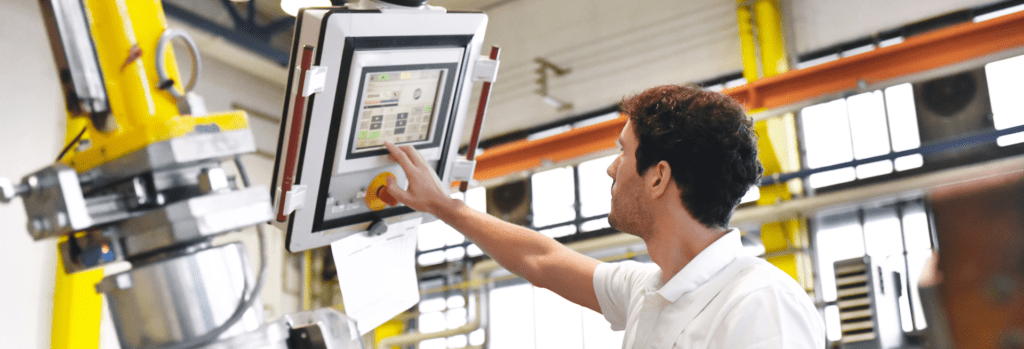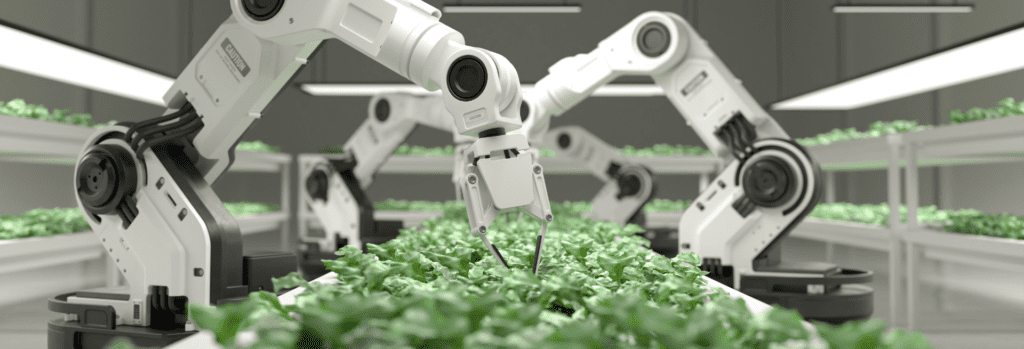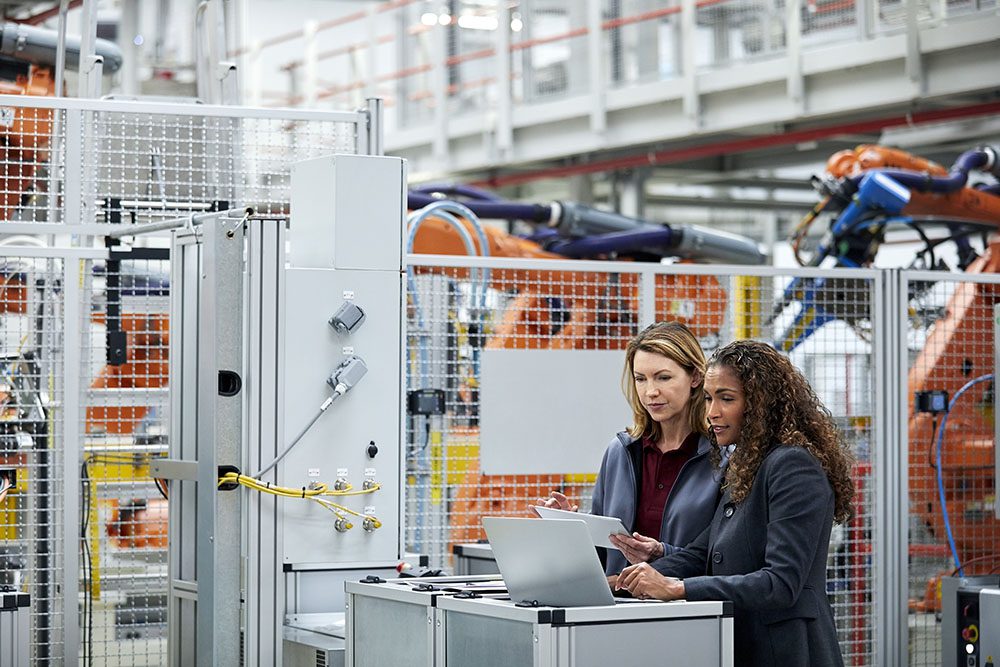The Role of Brain-Implanted Chips in the Future
Will brain-implanted chips be a norm in the future? In this article we explore the development of...

Over the past few years, Canada has been recognized as one of the main pillars of technological development in automation and robotics. With investment support from the Canadian government, the sector is poised for even greater success.
Robotics and automation are two fields of engineering that allow for the design and programming of robotic machines, and for the other to automate the supply chain within a company. They are often associated when robotics is put at the service of this same chain or even in the daily life of everyone.
As time goes by, we can observe that robots have indeed entered the consumers’ landscape and are no longer futuristic tools reserved for companies. We can take as an example the robot vacuum cleaners, or some intelligent objects. Robots also help in the health field; they have allowed performing health care tasks in hospitals to fight against the pandemic.
Like other industries in Canada, robotics is a very innovation-driven sector. In 2017, Canada launched its first national AI strategy, The Pan-Canadian Artificial Intelligence Strategy, at a cost of $125 million. In 2018, the Canadian government supported the industry with $230 million to develop the use of AI and robotics within production lines, and in 2019, 1.4 million was dedicated to waste robotics. The province of Ontario thrives in this area due to its strong post-secondary education and training infrastructure, but also its skilled workforce. Because of this, many programs are available in the province to encourage the industry to become more sustainable.
According to Joel Blit, a professor of economics at the University of Waterloo, while there is a lot of investment available in established hubs such as Toronto and Vancouver, the new government strategy should be to invest in ways that reach out to companies outside of them. In particular, he sees the pandemic as an opportunity for Canadian companies to invest in new technologies and increase automation of their tasks to limit the interaction and spread of Covid-19.


As you can see, Canada is very supportive of the development of companies in this sector. Robotic development opportunities are increasingly found in the agriculture, mining, manufacturing, and transportation sectors. We can take the example of the agriculture and food sector, where automation and robotics are enabling real revolutionary advances in production, processing, and distribution. According to Alberta Innovate (the province’s largest research and innovation agency), these advances would enable the development of smart farms. AI is often a component of robotic and automated technologies, contributing to their autonomy. As for food processing, a growth of $4.1 trillion is expected in 2024 globally.
One might fear that this growth in process automation could cause harm to the employment rate in companies, or even cost the place of current employees. In reality, a 2020 study by Statistics Canada shows that companies investing in robots are also hiring more workers (an increase of nearly 20% was observed), simply this one is oriented toward the operational: “workers spend less time performing routine manual tasks, in favor of non-routine cognitive tasks“. This includes occupations such as engineer, technician, or operator.
Fortunately, as mentioned previously, Canada has strength in its education sector and can easily accompany employees and future employees in the sector in their missions’ evolution. However, in some industries, it is difficult to fill the labor shortage, and the need to develop the robotization of production is even more important.
The Canadian government’s investment in new technologies is encouraging companies in all industries to adopt a new way of working. Indeed, the race for innovation leads to seeking solutions to make the supply chain more intelligent and maximize the profit of companies that understand the interest of developing the autonomy of their tasks. This awareness is furthermore reinforced by the pandemic, to limit the spread of Covid-19 by limiting human interactions. From now on, jobs are evolving and companies investing in robotic solutions are also investing in the manpower needed to ensure the proper functioning of these robots. If we can welcome the creation of this man-machine collaboration, we can fear the progressive disappearance of certain jobs, now replaced by robotics.
Want to know if your company is eligible for government funding? Contact one of our experts now to find out!
Sources :
Explore our latest insights
More arrow_forward
Will brain-implanted chips be a norm in the future? In this article we explore the development of...

Writing a grant proposal is a difficult task for business owners but it is a task that should not...

The new clean investment tax credits have the potential to make a significant impact on Canadian ...

What's next in the world of business funding? We've analyzed the data and discovered the emergenc...